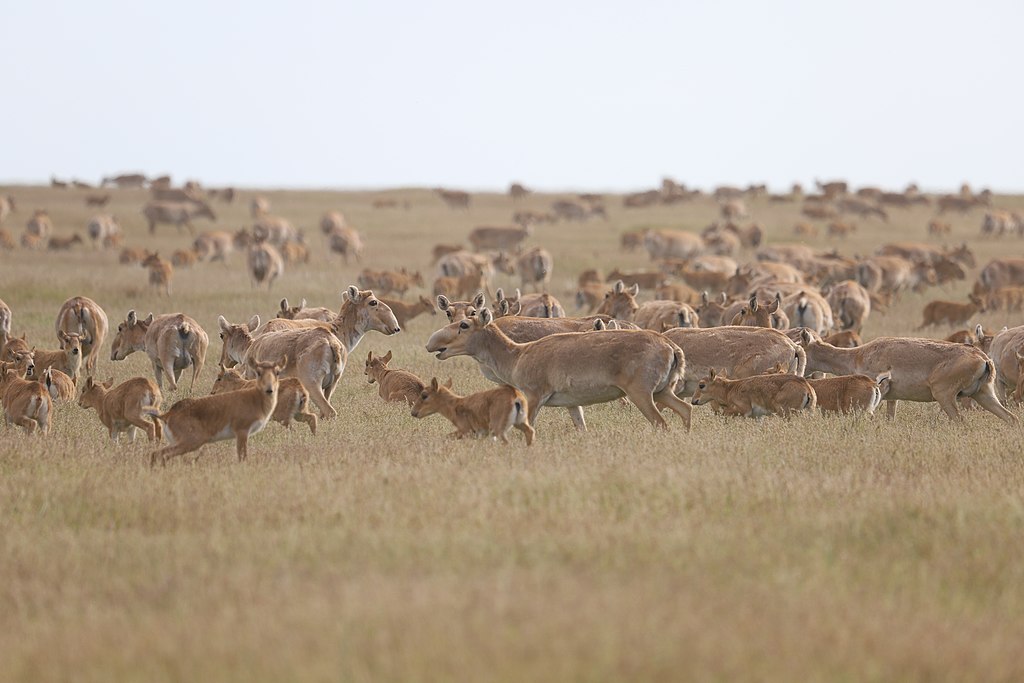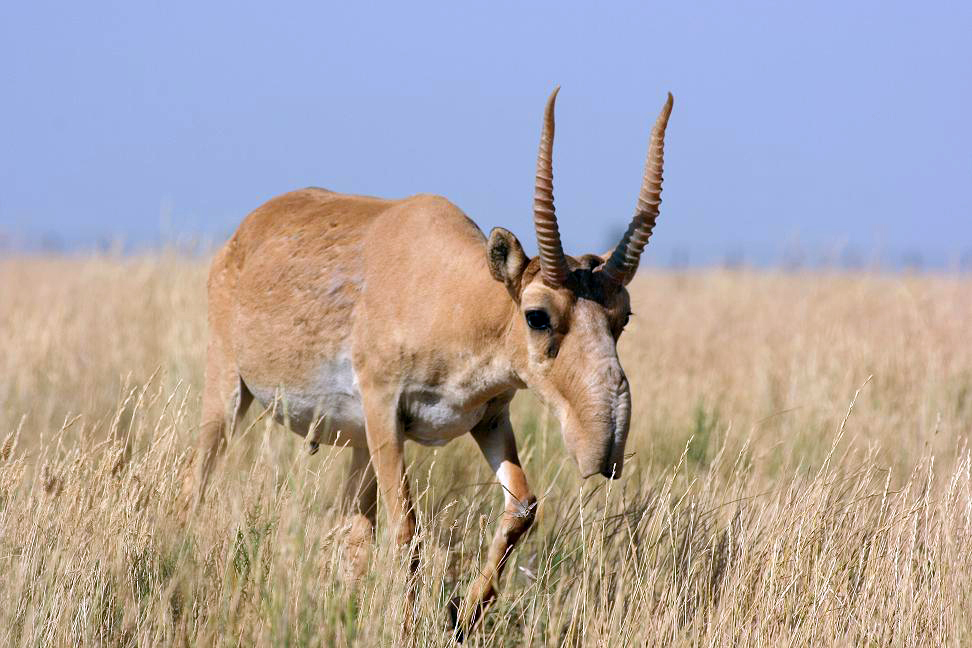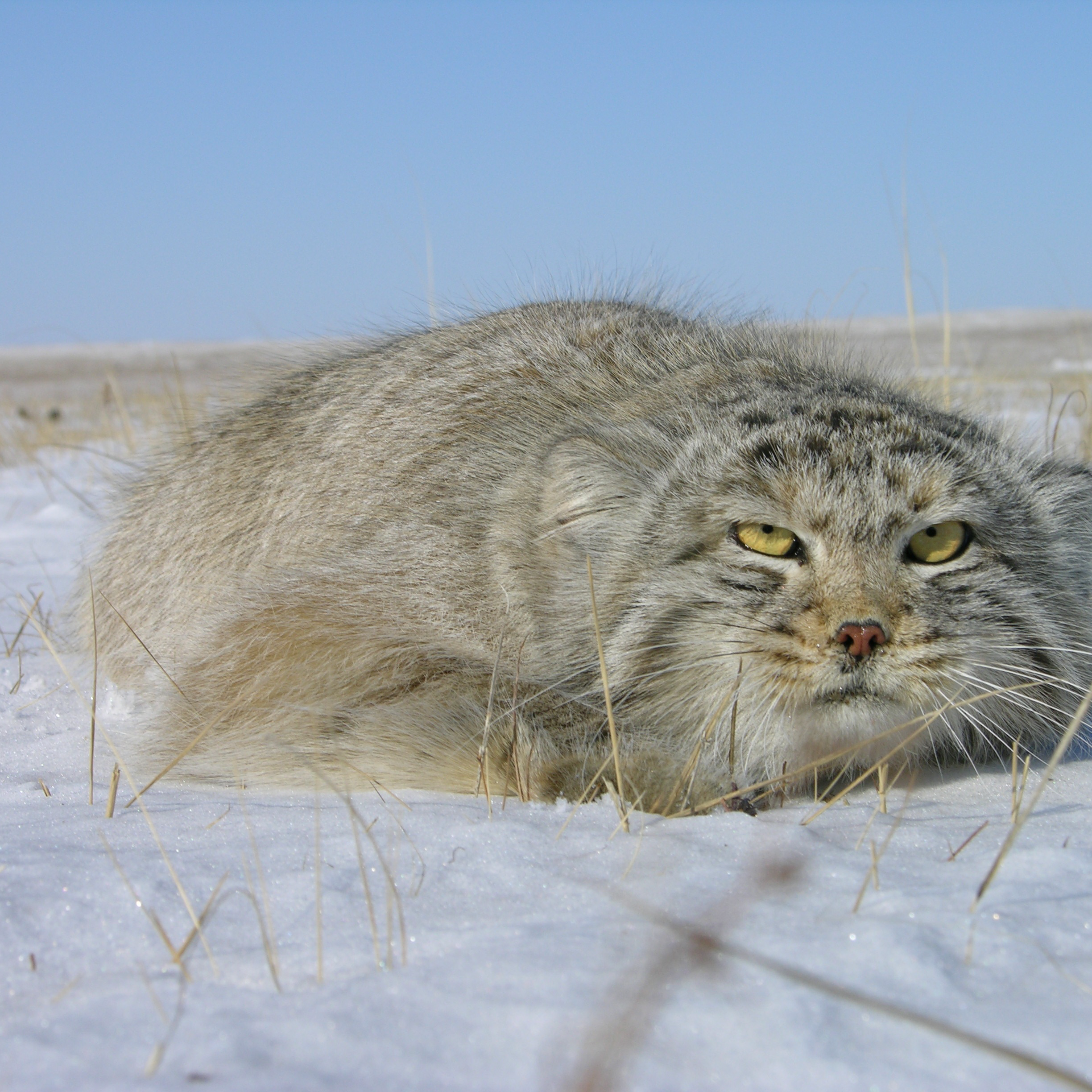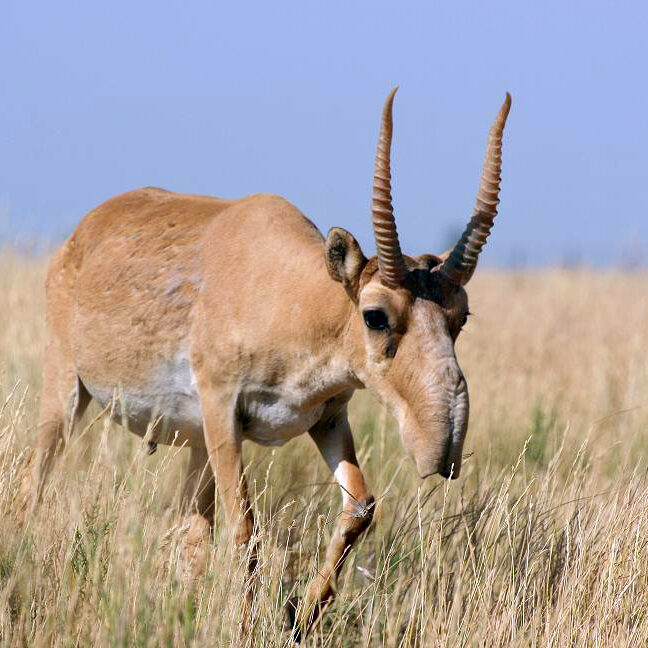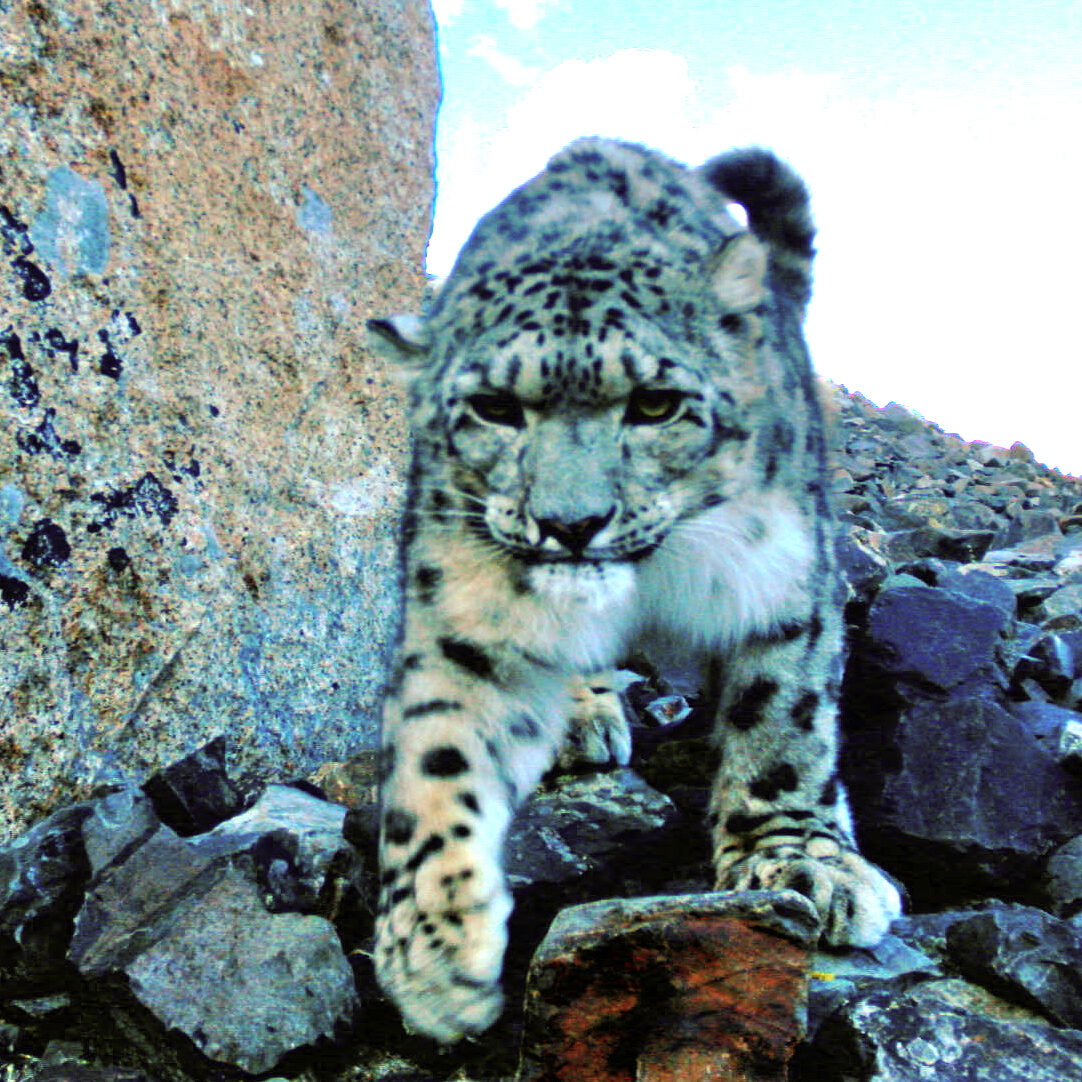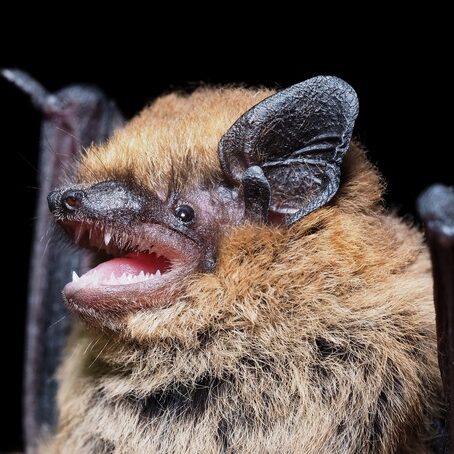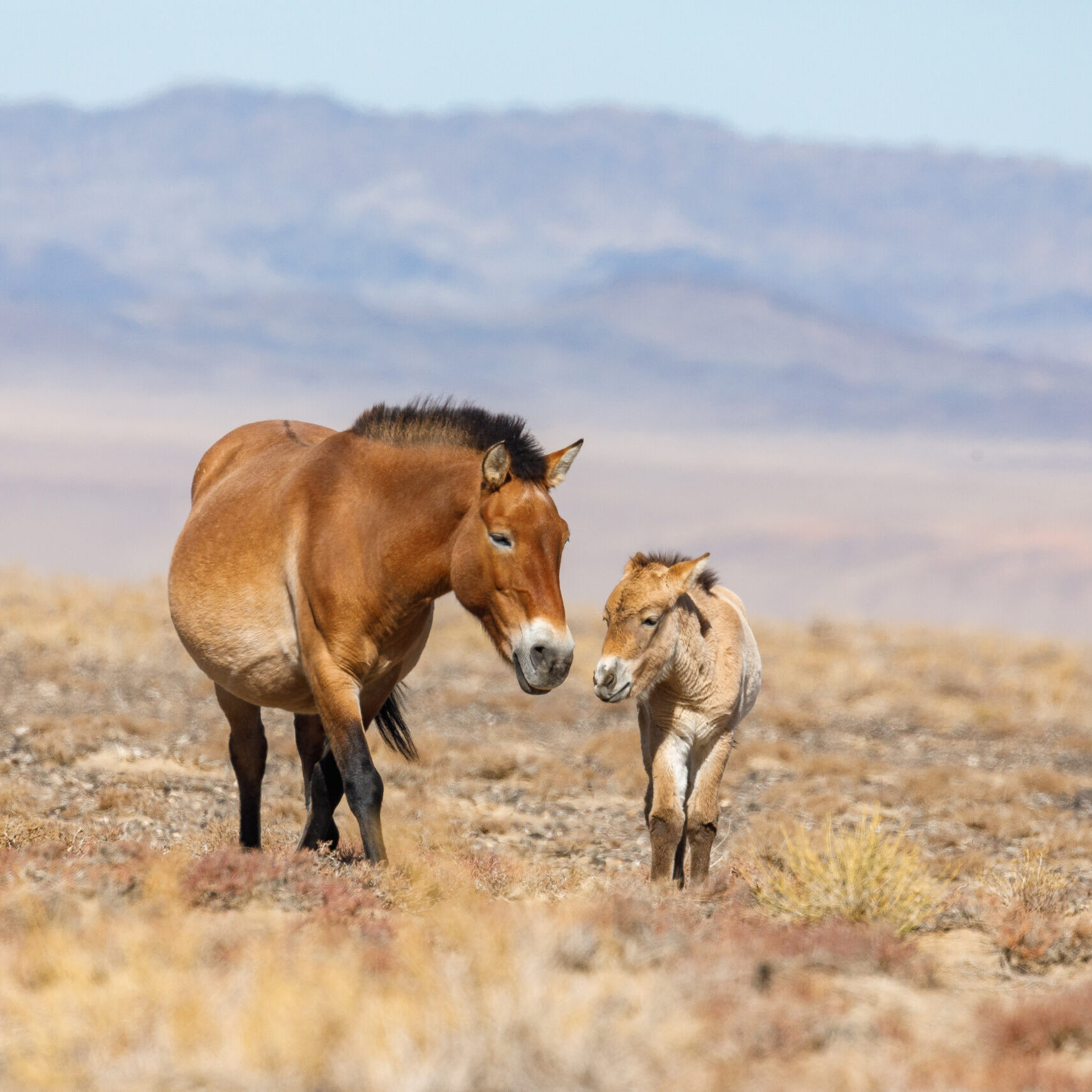Saiga Antelope
The saiga (Saiga tatarica) is a small species of antelope, about the size of a goat. These antelopes live in the steppes–arid grasslands that encompass parts of Eastern Europe and most of northern and Central Asia. Kazakhstan is home to an estimated 98% of the world’s saiga population, with smaller populations found in Mongolia, Russia, and Uzbekistan.
Saiga antelopes were once as prolific in the Central Asian steppes as bison were on the plains of North America. Illegal hunting, human disruptions to their habitat, and a 2015 bacterial plague, combined with other threats to their survival, led to a precipitous decline in populations, placing saiga on the verge of extinction in Kazakhstan. In 2002, the International Union for Conservation of Nature (IUCN), the world's leading conservation body, added the saiga antelope to its Red List of critically endangered species.
But there is good news to report. Thanks to successful conservation programs, anti-poaching measures, and other actions, saiga populations have rebounded. A 2024 aerial survey counted more than 2.8 million saigas in Kazakhstan, representing a 48 percent increase over 2023 numbers, and a substantial improvement compared to 2004, when the saiga count totaled just 21,000 animals. In December 2023, the IUCN upgraded the antelope’s status on its Red List from Critically Endangered to Near Threatened.
Saiga are a crucial building block in steppe ecosystems. The steppe’s extreme temperatures and modest precipitation allow only grasses, herbs, and shrubs to grow there, although the variety is impressive—some 2,000 species of plants grow in northern Kazakhstan alone, with approximately 30 plants found nowhere else. Saiga help maintain this vegetative balance through grazing pressure and transporting seeds in their fur, dropping them as they move across the landscape and while migrating between summer and winter rangeland. They are also an important prey species for large carnivores (wolves, eagles, foxes, and wild dogs).

